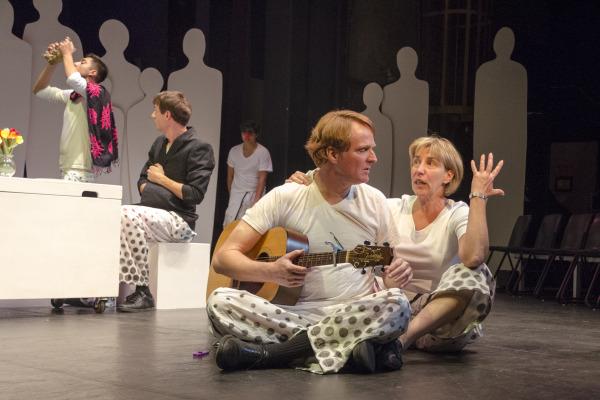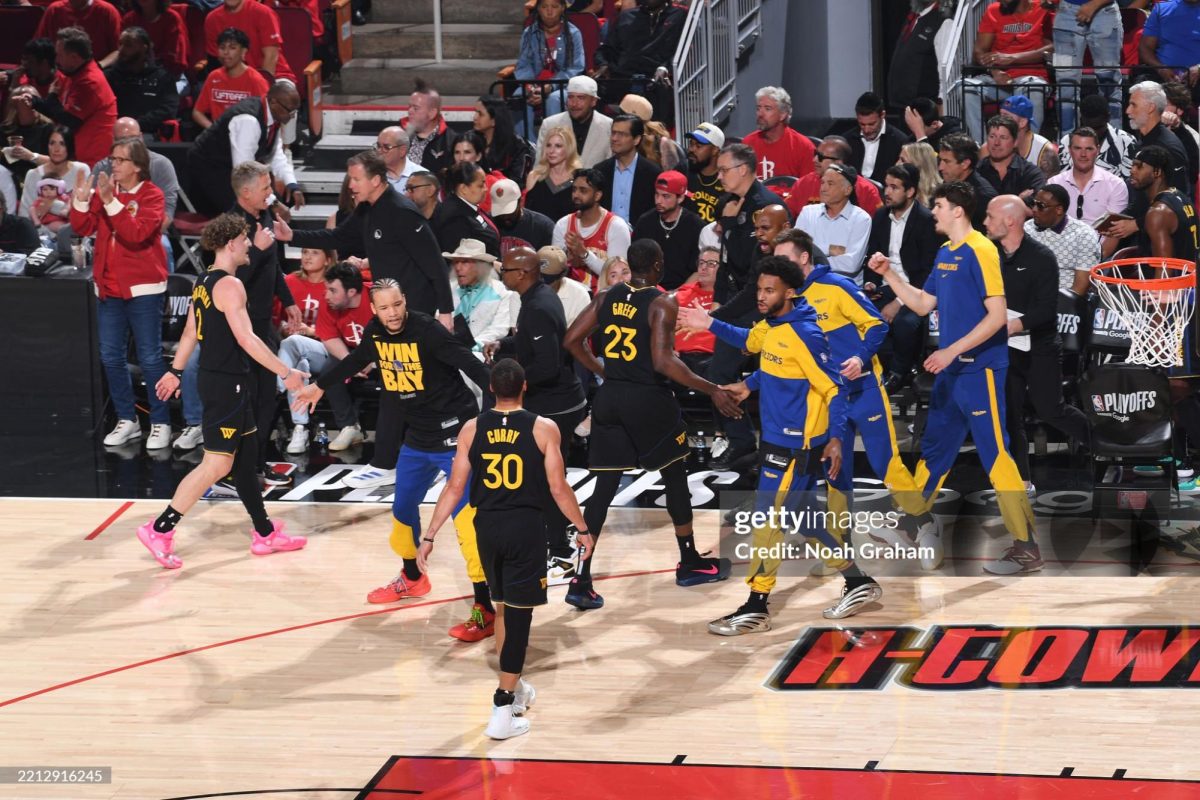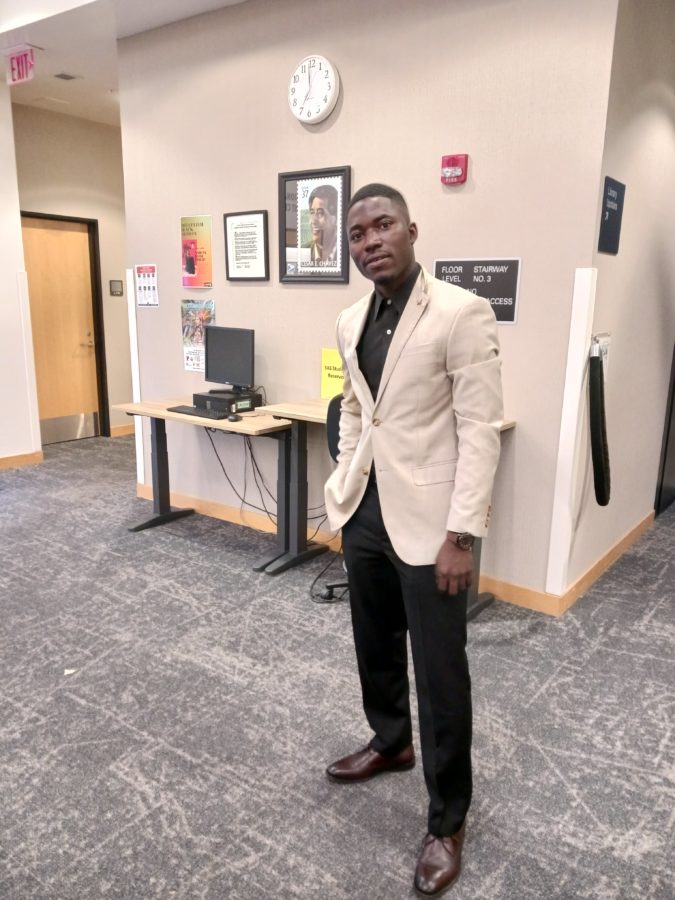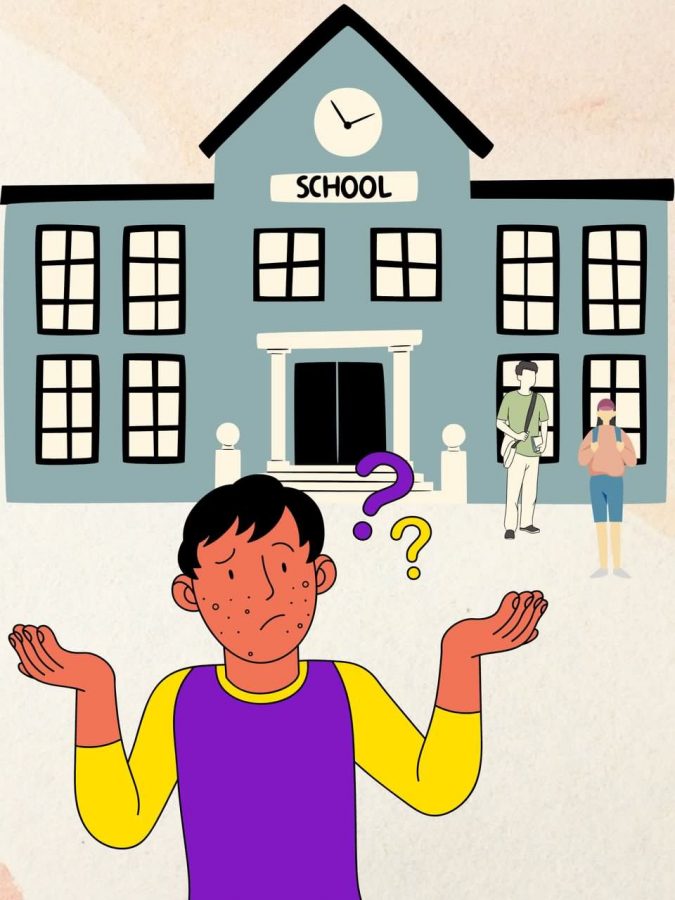‘Love and Information’ play review
San Jose City College’s production of “Love and Information” had an atypical and intimate seating arrangement.
The play ran from Nov. 6-8, and the audience sat on the stage with the actors on three multi-level platforms.
The seating platforms cropped the stage into an oval shape and the traditionally black stage floor was instead painted with a white dither.
The spotted pattern continued onto the costumes of the actors, which were plain white except for colored dots along their pant legs.
White cutouts of people similar to the artwork on the program surrounded and a white projector screen above showed the name of each skit.
The play, by Caryl Churchill, featured 57 quick scenes and vignettes, showing scenes from reality with 100 different characters all crammed into 110 minutes of stage time.
Director Leyla Modirzadeh and the set designer Leigh Henderson did an excellent job with the show. They cleverly utilized the backstage space for the show in a way completely and delightfully unexpected.
The play featured Momo Bedier,Nikolay Botev, Michele Maher, Elena Reshetova, Riki Cano De Anda, Laks Pandurangan, and Michael Lund.
One repeated scene throughout the play, titled “Depression,” featured a man sitting on a piece of scenery with his face in his hands. Sometimes other characters were oblivious to him; other times they offered well-meaning but unhelpful advice.
The actors ran in and out of the stage space throughout the show. In one scene, two actors argued while walking behind and around the seated audience.
As the play progressed, the layout of the set became obvious. The actors cleverly used stair wells usually intended for theater workers to reach the catwalk and clouds as part of their scenery, climbing the ladders and calling back and forth to each other in conversation.
The quick pace of the play often had brief disconnected scenes, made it hard to follow at times. The show had its shining moments and does make some meaningful statements about how society treats each other.
It may be the type of play that needs to be seen several times to really understand the deeper meaning the playwright was trying to convey.







